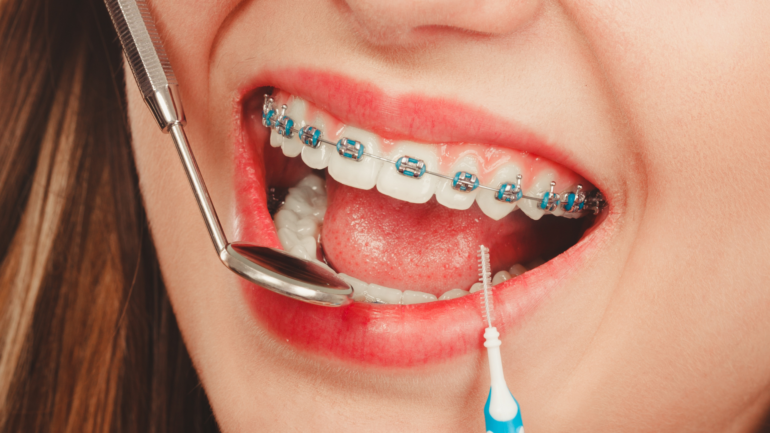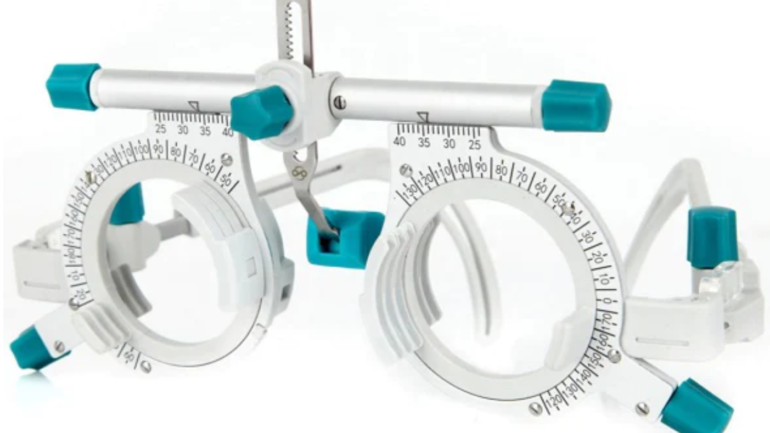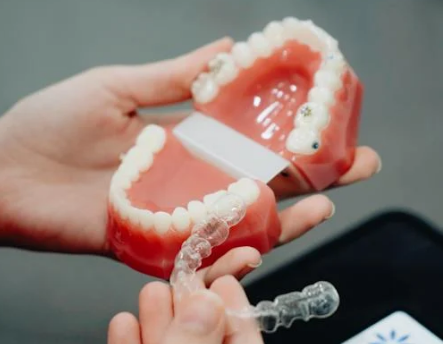Are you considering getting orthodontic braces? On one hand, you’re ready to achieve that picture-perfect smile you’ve always dreamed of, but on the other hand, you may be unsure about what to expect and how to prepare for the process. In this article, we will walk you through everything you need to know before getting orthodontic braces, including what to expect and how to best prepare for your orthodontic journey. From understanding the different types of braces available to knowing what to expect during the initial consultation, we’ve compiled all the information you need to put your mind at ease, so read on to make a more informed decision about your oral health.
Orthodontic Braces
Orthodontic braces have come a long way in recent years, and today they offer a variety of options to suit your needs and preferences. The most traditional type is metal braces, which consist of metal brackets and wires and are highly effective in correcting a wide range of dental issues. However, if you’re looking for a more discreet option, you may want to consider ceramic braces made from clear or tooth-coloured materials, as these braces are less noticeable than metal braces. Another popular option is lingual braces, which are placed on the backside of the teeth, making them virtually invisible from the front and a good choice if you are searching for a discrete alignment option.
For those who want to avoid the traditional bracket and wire braces altogether, there are also clear aligners, such as Invisalign, available. These aligners are removable and nearly invisible custom-made plastic trays that gradually shift your teeth into the desired position, offering a more convenient and aesthetically pleasing option for many patients. It’s important to consult with an orthodontist to determine which type of braces is best suited for your specific needs and goals, and whether you choose traditional braces or clear aligners, they all work to gradually straighten your teeth and give you a beautiful smile.
Orthodontic braces work by applying continuous pressure to your teeth, gradually moving them into the desired position. The brackets are bonded to the teeth using a special dental adhesive, and the wires are then threaded through the brackets to create pressure that stimulates bone remodelling. allowing the teeth to shift. These wires are tightened periodically to maintain the optimum pressure and encourage tooth movement. In addition to the brackets and wires, orthodontic braces may also include elastics or rubber bands to help correct bite issues by exerting additional pressure on specific teeth or groups of teeth.
Orthodontic braces offer numerous benefits beyond creating a straighter smile. Properly aligned teeth can improve your overall oral health as once they are aligned they become easier to clean, reducing the risk of tooth decay and gum disease. Additionally, braces can correct bite issues, such as overbite, underbite, and crossbite, which can lead to jaw pain and difficulty chewing. Once these issues have been addressed, braces can enhance your self-confidence and self-esteem long after treatment has concluded. Many people feel self-conscious about their crooked or misaligned teeth, and getting braces can provide a significant boost in confidence as you’ll no longer have to hide your smile or feel embarrassed about your teeth and can show off your straight smile with pride.
Preparing for Braces
Preparing for braces involves several steps to ensure a smooth and successful treatment. First and foremost, schedule an initial consultation with an orthodontist to evaluate your teeth and mouth, discuss your treatment options, and address any concerns or questions you may have so that you have a clear understanding of what to expect during the treatment. The dentist will also take X-rays and impressions of your teeth to create a personalised treatment plan that is tailored to your specific needs. During this appointment, it is important to gather all the necessary information to make an informed decision about your treatment, including the length of treatment, appointment intervals for adjustments, and discomfort levels for each treatment option.
Once you have an overview of the treatment, including the duration, cost, and the best alignment option for your teeth, it’s time to decide on the best treatment option based on your lifestyle needs. Consider the impact of different braces on your lifestyle, as traditional metal braces place restrictions on the types of foods that you can eat and require frequent appointments to have the wires tightened, whereas options such as Invisalign can be removed to eat, sleep, and maintain good oral health. Discuss these options with your orthodontist and choose the one that fits your lifestyle and preferences, as well as offering guaranteed realignment results.
Getting Braces
Once you’ve decided to proceed with orthodontic braces, the process will typically begin with the placement of the brackets. Your orthodontist will clean your teeth before attaching the brackets, threading the wires through to secure them in place, and securing them with elastic ligatures. This process may take a couple of hours, and you may experience some discomfort or soreness afterward, including pressure and tightness as your teeth start to adjust to the braces. Over-the-counter pain relievers can help alleviate any discomfort, but if it persists, it’s best to consult with your dentist.
Following the initial placement, you will have regular appointments with your orthodontist to monitor your progress and make any necessary adjustments. These appointments typically occur every 4-6 weeks and involve changing the wires, tightening the braces, or adding elastics, as well as the opportunity to address any concerns you may have along the way.
If you opt for invisible braces such as Invisalign, the process of getting braces is a minimally invasive one, as you will receive a series of clear, removable trays that are customised to fit your mouth and will gradually shift your teeth into their desired position. Follow-up appointments will be scheduled to monitor your progress and make adjustments as needed, and the duration of treatment varies depending on the severity of misalignment and individual compliance.
Maintenance and Care
Whichever treatment option you choose, properly maintaining and caring for your braces and oral health is crucial for achieving the best results.
One of the best ways to maintain your braces is to brush your teeth after every meal to remove any food particles that can get trapped in the braces or aligner after it is put back in. Use a soft-bristled toothbrush and fluoride toothpaste, and be sure to brush all areas, including the brackets, wires, and gumline. In addition to brushing your teeth regularly, using mouthwash can help kill bacteria and keep your mouth healthy, and an interdental brush or floss can help clean between the teeth and under the wires.
In addition to regular brushing, it’s important to maintain a healthy diet and limit sugary foods and drinks, as they can increase the risk of tooth decay. Avoid chewing on hard objects, such as pens or pencils, as this can damage the braces or aligner, and if a bracket on your braces becomes loose or a wire breaks, or if your invisible aligner becomes damaged, contact your dentist immediately for repairs. Regular dental cleanings and check-ups are also vital to monitor your oral health and ensure that your braces are functioning correctly, so be sure to attend all appointments and to keep your dentist up to date with any issues or adjustments.
Adjusting to Life with Braces
Life with braces and aligners can be challenging, but with a few tips and tricks, the process can be much smoother. The first step is to be prepared and informed by familiarising yourself with the procedures at the initial appointment, as knowing what to expect can help alleviate any anxiety or uncertainty you may have. This also includes checking the wires and giving yourself time to adjust to the feeling of braces as soon as you have them, as well as understanding the adjustments that will be made to your braces. This also applies to invisible braces, as these aligners will cover the entire surface of your teeth, so it is important to know in advance whether this treatment is the best choice for your lifestyle and comfort requirements.
Initially, you may experience some discomfort and difficulty speaking or eating. This is completely normal and is to be expected, but if the discomfort or irritation continues, or if any brackets or wires begin rubbing against your cheeks or gums, then applying some dental wax will provide a protective barrier and alleviate discomfort. Soft foods such as yoghurt, mashed potatoes, and smoothies can also provide relief during the first few days. As your mouth gets used to the braces, you can gradually reintroduce harder foods into your diet, although if you opt for fixed braces you will need to avoid sticky foods throughout the entire process. Staying hydrated is also crucial during your orthodontic journey, as drinking plenty of water helps to wash away food particles and bacteria, reducing the risk of dental issues and damage to your braces.
Achieving a Healthy and Aligned Smile with Braces
Braces are an excellent investment in your oral health and self-confidence, and preparing for braces and knowing what to expect during the process will help you navigate the experience with confidence.
By following these guidelines, you’ll be on your way to achieving a beautiful, straight smile that will last a lifetime, so take the first step towards your dream smile and consult with The Orthodontic Suite today.




